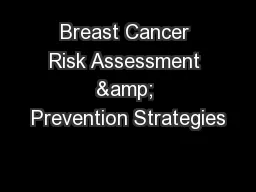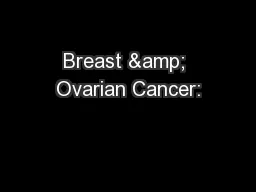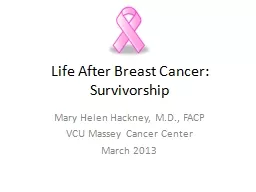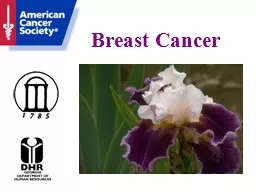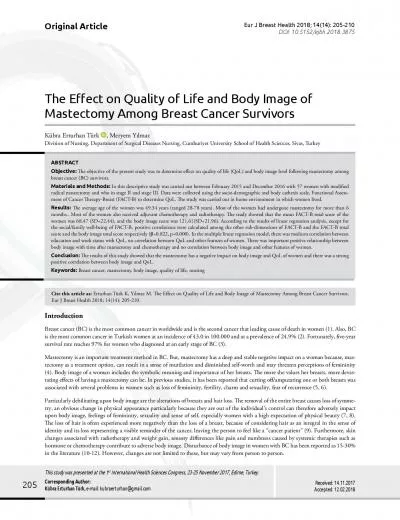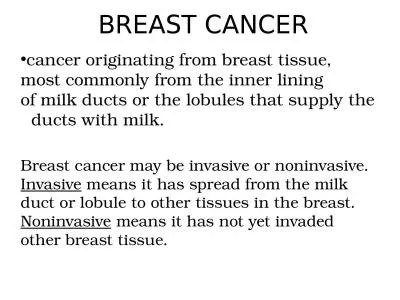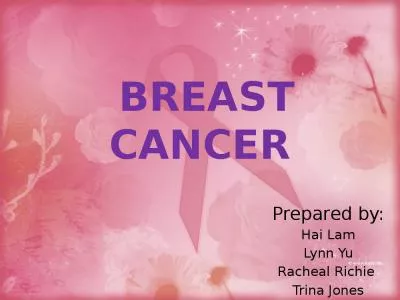PPT-Body Image & Sexuality After Breast Cancer
Author : olivia-moreira | Published Date : 2018-03-22
Lori Legrand LCSWR Chris Karampahtsis MD Carole Filangieri PhD Department of Behavioral Health 5166632691 Outline Historical perspective Biological aspects Psychological
Presentation Embed Code
Download Presentation
Download Presentation The PPT/PDF document "Body Image & Sexuality After Breast ..." is the property of its rightful owner. Permission is granted to download and print the materials on this website for personal, non-commercial use only, and to display it on your personal computer provided you do not modify the materials and that you retain all copyright notices contained in the materials. By downloading content from our website, you accept the terms of this agreement.
Body Image & Sexuality After Breast Cancer: Transcript
Download Rules Of Document
"Body Image & Sexuality After Breast Cancer"The content belongs to its owner. You may download and print it for personal use, without modification, and keep all copyright notices. By downloading, you agree to these terms.
Related Documents


